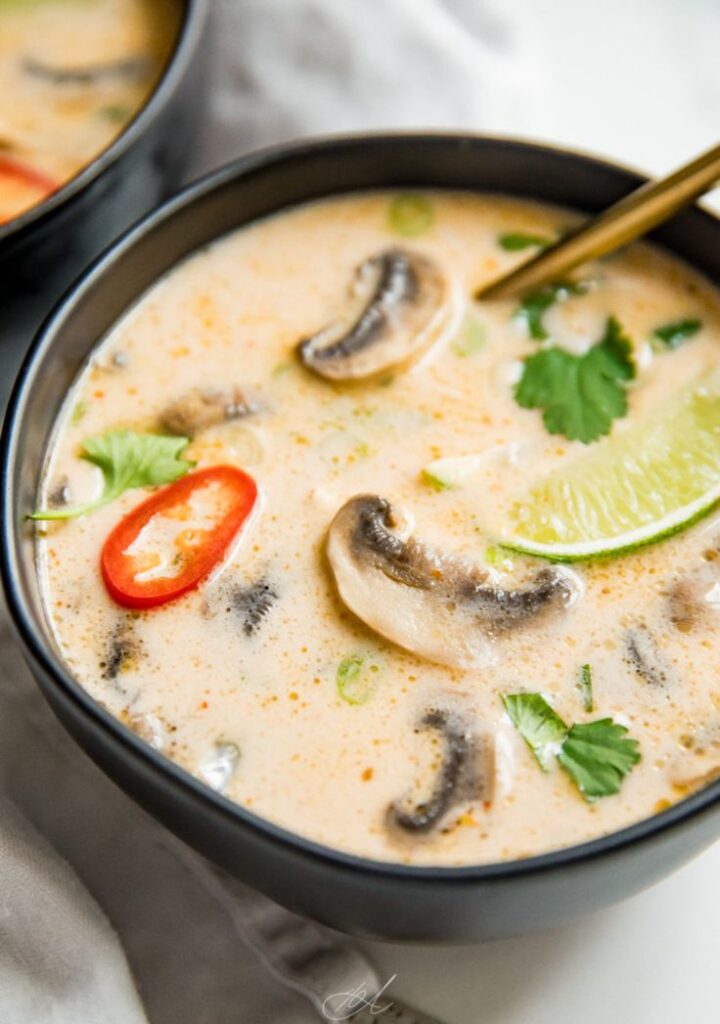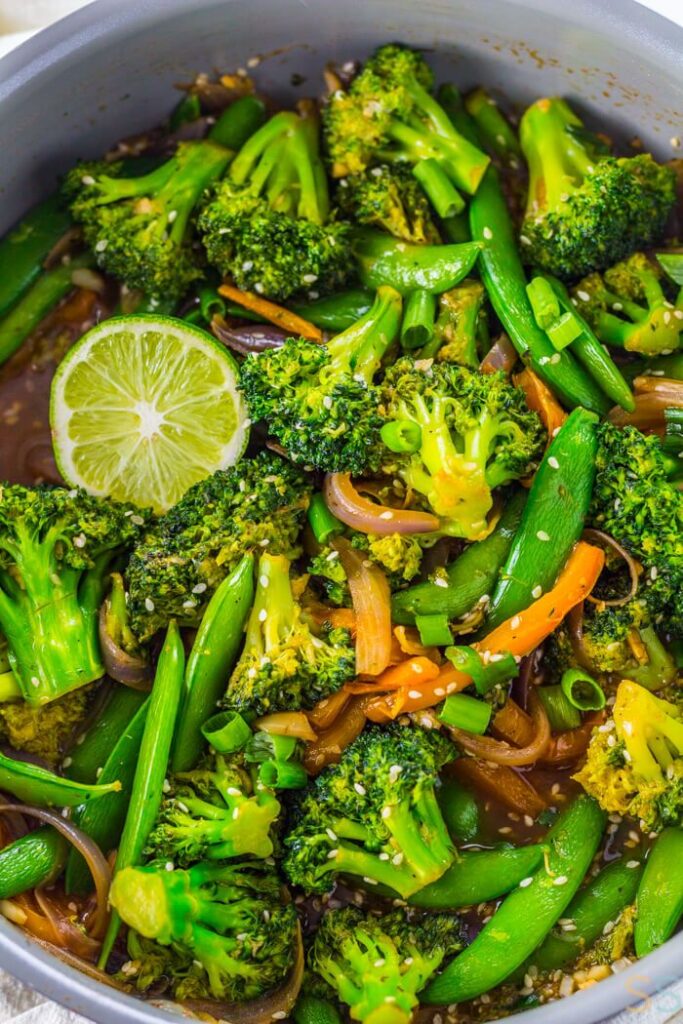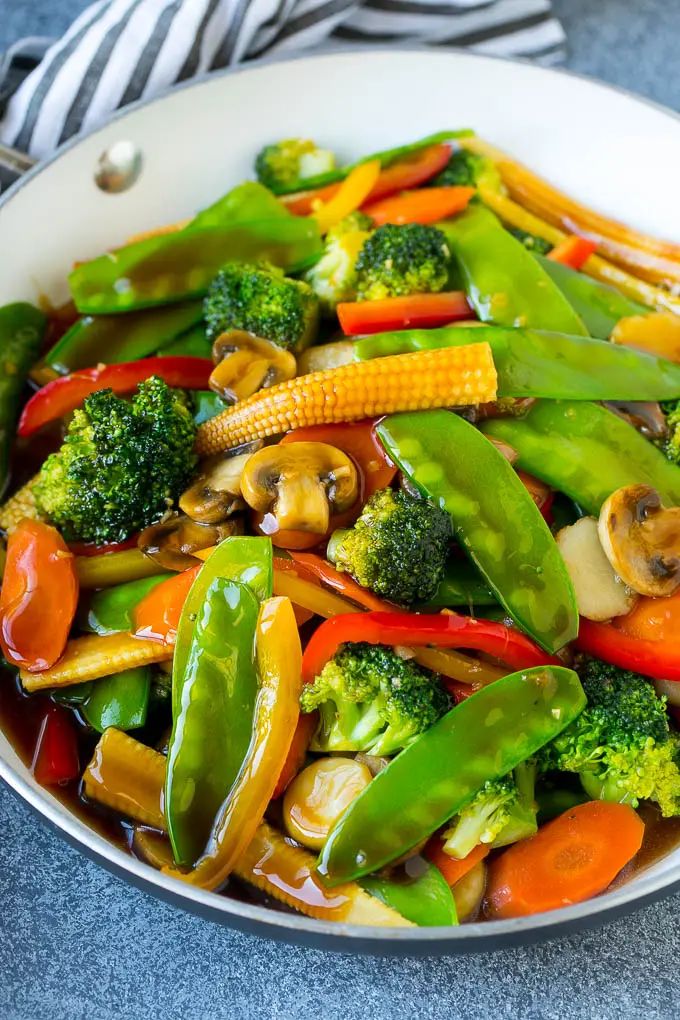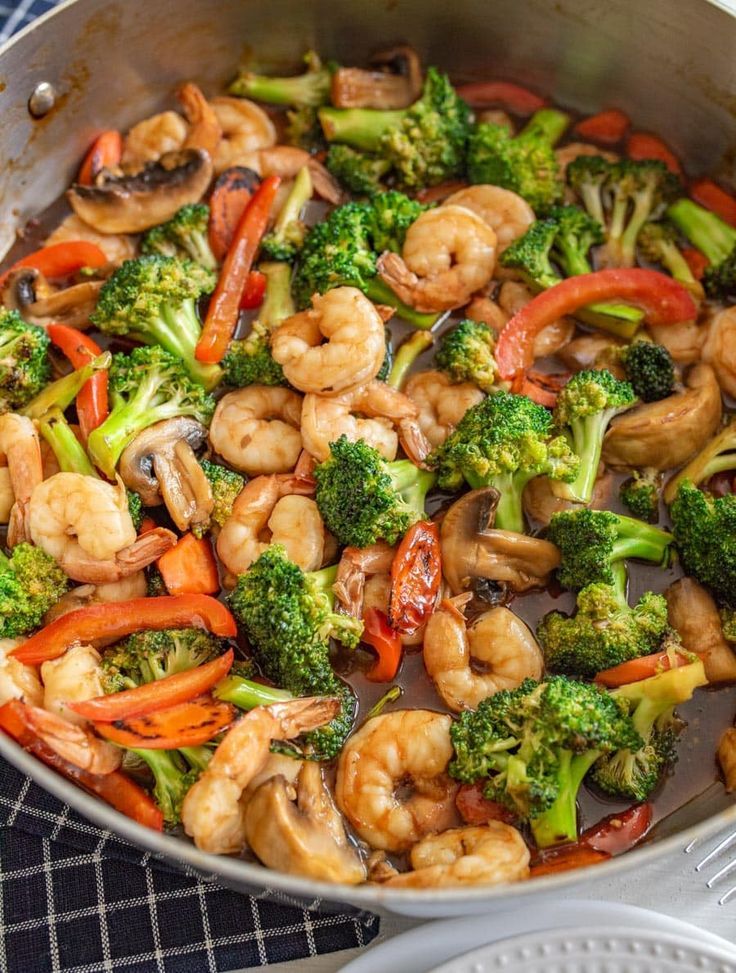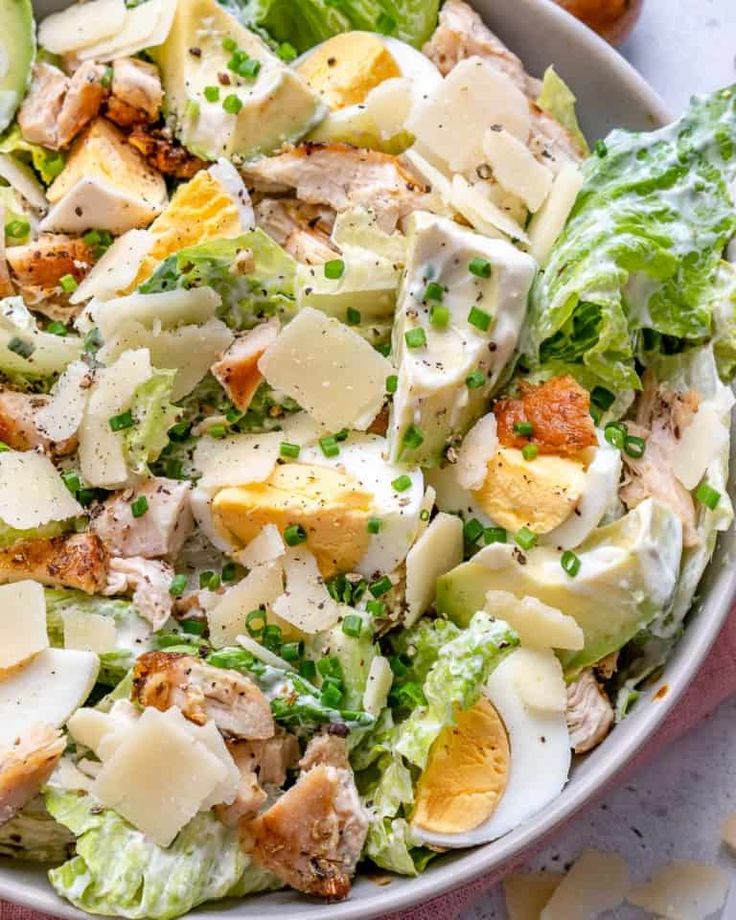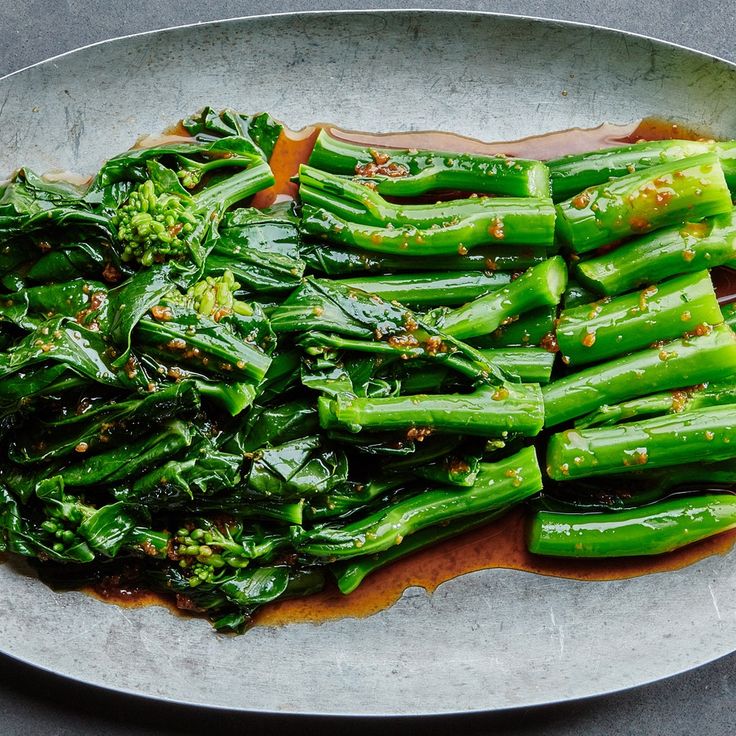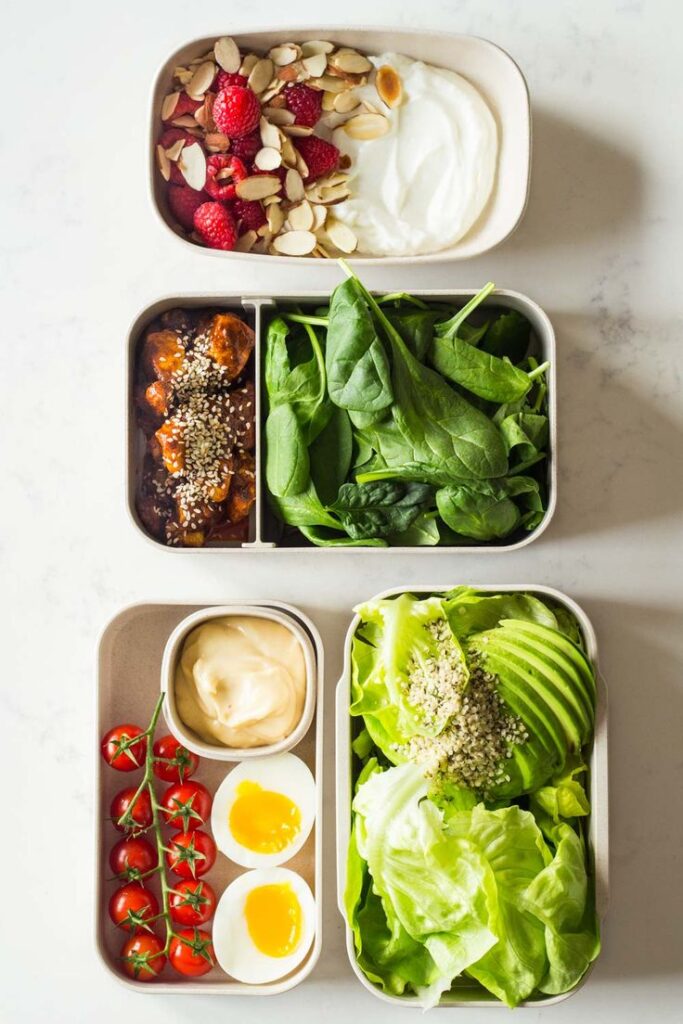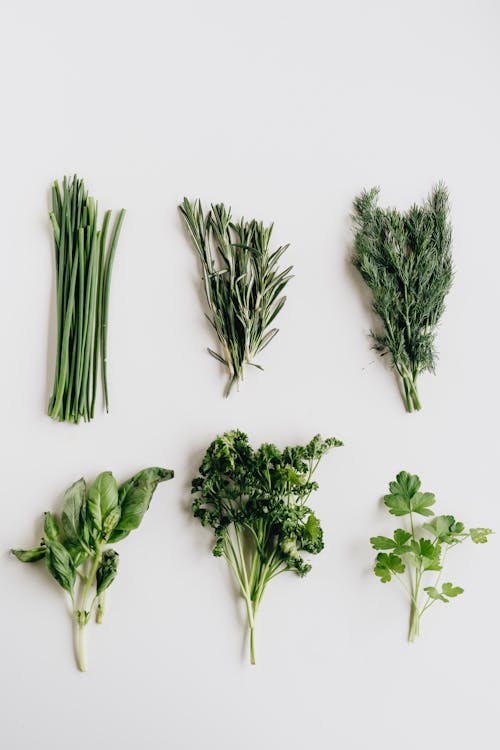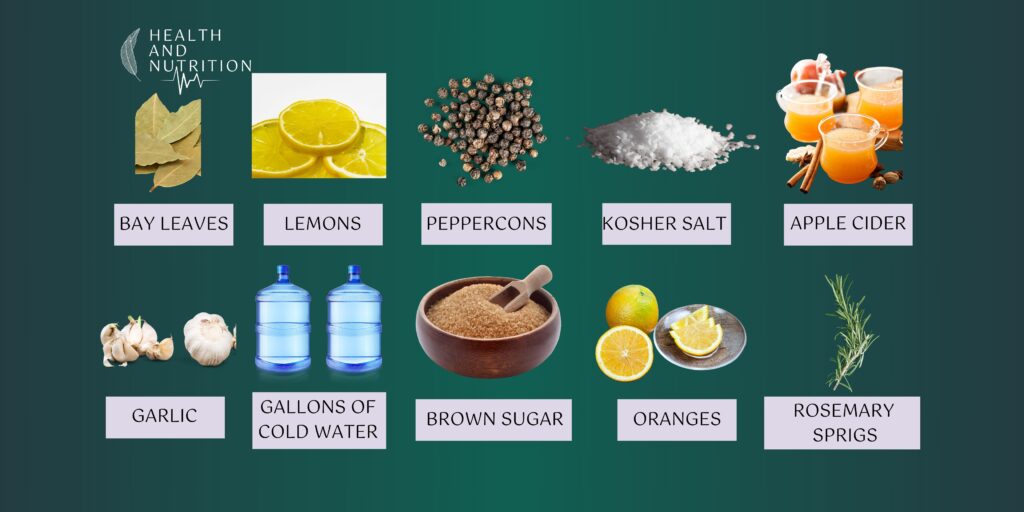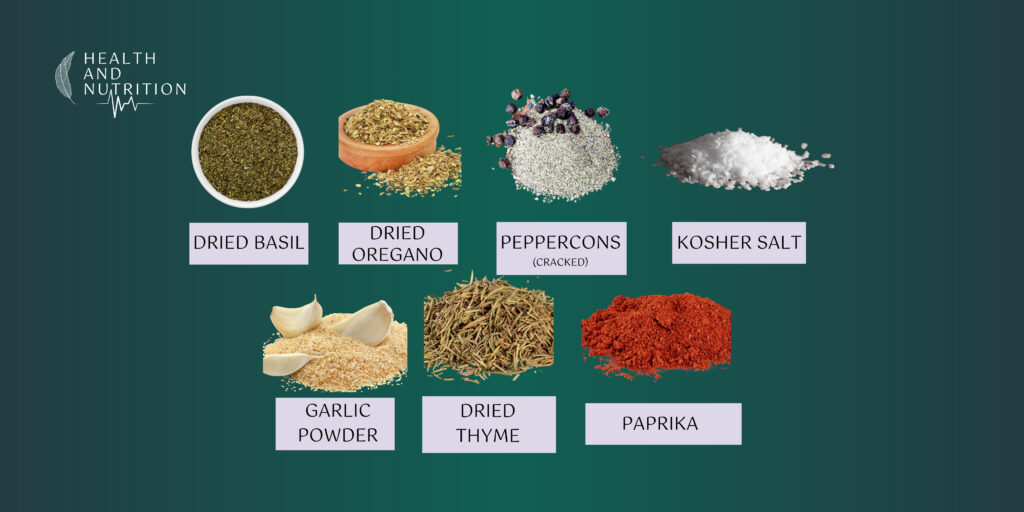Gluten Free: A Comprehensive Guide

In “Gluten Free: A Comprehensive Guide” we will explore how Gluten-free living has become a popular trend in recent years but for many it’s more than just a fad it’s a necessity. Here, we delve deep into the world of gluten a protein that’s both ubiquitous in the standard diet and a source of discomfort for many. We’ll unravel the mysteries of gluten, exploring its presence in various foods and its impact on the body.
This comprehensive guide of gluten free delves into what it means to live gluten-free, covering everything from the FDA’s regulations on gluten-free labeling to practical tips for managing a gluten-free diet. Whether you’re navigating this lifestyle due to medical reasons or personal choice our friendly and informative guide is here to help.
Understanding Gluten-Free: Basics and Regulations
What is Gluten and Who Needs to Avoid It?
Imagine biting into a warm, freshly baked loaf of bread. That elasticity and chewiness? That’s gluten at work! Gluten is a protein found in wheat, barley and rye. It’s not just in bread, though. Gluten sneaks into a wide range of foods from pasta to cereals and even in some less obvious products like soy sauce and beer.
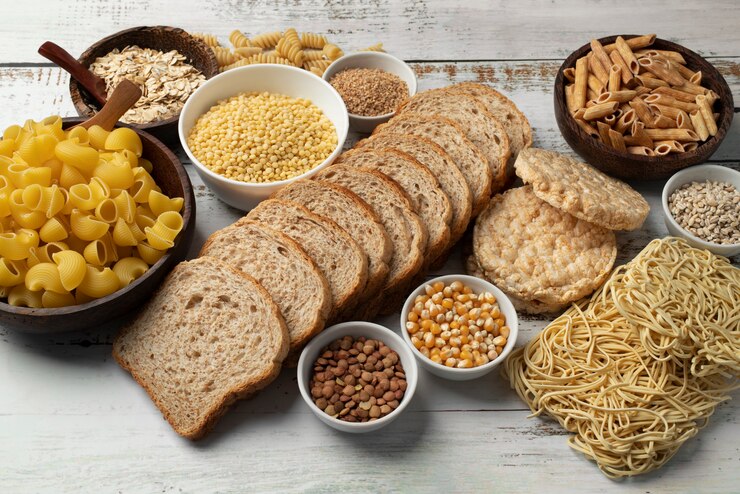
For those with celiac disease, consuming gluten causes damage to the lining of the small intestine leading to various health issues. For a comprehensive overview of gluten and its effects, especially for those with celiac disease you can visit the FDA’s page on Gluten and Food Labeling.
However, for some people, gluten is more foe than friend. Individuals with celiac disease have an autoimmune response to gluten that damages their small intestine, leading to various health issues like nutrient deficiencies, digestive problems and increased risk of other autoimmune diseases. It’s not just limited to celiac disease either. Non-celiac gluten sensitivity can cause symptoms like bloating, gas and fatigue without the intestinal damage seen in celiac disease. And then there’s wheat allergy, which is an allergic reaction to proteins found in wheat including but not limited to gluten.
For these individuals, dodging gluten isn’t a dietary preference it’s a must. Avoiding gluten means saying goodbye to traditional breads, pastas and many processed foods but it also opens up a world of gluten free alternatives and naturally gluten-free foods that are both nutritious and delicious.
FDA’s Role in Gluten-Free Labeling
When it comes to ensuring that the food labeled “gluten-free” truly is safe for those with gluten-related disorders, the FDA is like a food detective. They set the rules that protect consumers. Since 2013 the FDA has been on a mission to make gluten-free labeling crystal clear. Their golden rule? If a food product is labeled “gluten-free” it must contain less than 20 parts per million (ppm) of gluten. This regulation is a game changer for gluten-free shopping, ensuring reliability and safety in food choices. For a detailed understanding of these regulations, you can explore FDA’s official guidelines on gluten-free labeling

Why 20 ppm, you ask? Well, this threshold is the lowest that can be reliably detected in foods. It’s also considered safe for the vast majority of people with celiac disease. This regulation is a game changer for gluten-free shopping. Now, when you see a “gluten-free” label on a product at your local supermarket you can trust that it complies with strict standards.
But wait, there’s more! The FDA doesn’t just regulate traditional food products. They also keep an eye on dietary supplements and imported foods. This means a wider safety net for gluten-free consumers giving them more options and less worry.
In a nutshell the FDA’s gluten-free labeling is a beacon of trust and reliability in the choppy seas of food shopping for those who must navigate the gluten-free world. Whether you’re buying gluten free pasta, cereal or even a can of soup, you can feel confident in making choices that won’t just satisfy your taste buds but will also keep you healthy and happy.
Medical and Dietary Aspects of Gluten-Free Living
Celiac Disease and Gluten Sensitivity
Imagine your body reacting to a tiny crumb of bread as if it’s a harmful invader. That’s what happens in celiac disease, an autoimmune disorder triggered by gluten. When someone with celiac disease consumes gluten, their immune system attacks the small intestine, leading to damage that hinders nutrient absorption. Picture the small intestine lined with tiny, finger-like projections called villi. In celiac disease, these villi get flattened – imagine a lush, green lawn trampled into a patchy field. This damage can lead to symptoms like stomach pain, bloating, and fatigue, and if left unchecked, more serious complications like osteoporosis and anemia.

Non-celiac gluten sensitivity, on the other hand, is like having a milder allergic reaction. You won’t see the immune system causing damage to the intestines, but you might experience symptoms similar to celiac disease, like abdominal pain, headaches, and joint pain. It’s like attending a concert with an ear sensitivity – the music isn’t harming your ears, but it’s still uncomfortable.
Nutritional Challenges of a Gluten-Free Diet
Embarking on a gluten-free diet is like setting sail on a nutritional journey. You’ll need to navigate around certain foods while making sure you’re still docking at ports rich in essential nutrients. Many gluten-free alternatives, like bread and pasta, are often lower in fiber, iron, and B vitamins compared to their gluten-containing counterparts. It’s like replacing a multi-tool with a single-use gadget – it does the job, but you miss out on the extra benefits.
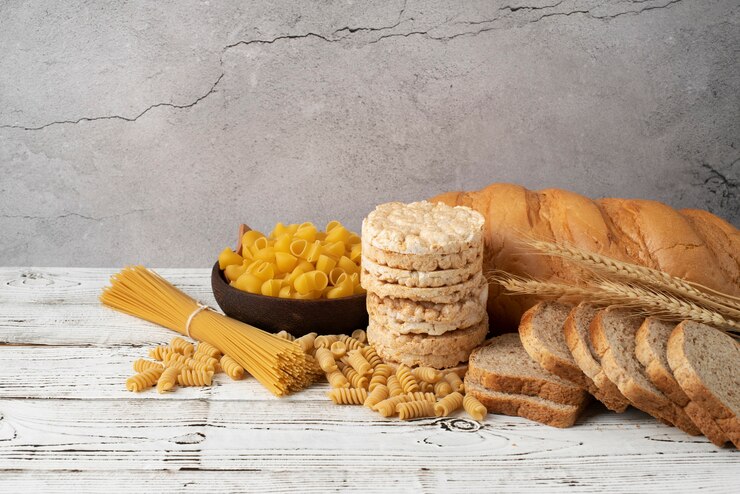
To ensure you’re not just eating gluten-free, but also eating well, focus on incorporating naturally gluten-free and nutrient-rich foods. Imagine your plate as a colorful canvas – paint it with a variety of fruits and vegetables, each color providing different nutrients and antioxidants. Add in lean proteins like chicken, fish, or beans, which are like the sturdy frames that support the canvas – they help build and repair your body’s tissues.
Don’t forget about the gluten-free grains! Quinoa is like the Swiss Army knife of grains – packed with protein, fiber, and all nine essential amino acids. Rice, especially brown rice, is like a dependable old friend – versatile and nourishing, providing you with essential B vitamins and minerals.
Practical Guide to a Gluten-Free Lifestyle
Embarking on a gluten-free journey can be like navigating a new culinary landscape, filled with both exciting discoveries and unexpected challenges. Here’s a friendly guide to help you traverse this path with ease and joy!

Managing Gluten in Daily Life
You might think avoiding gluten is as simple as steering clear of bread and pasta, but it’s a bit more like playing detective in your own kitchen and grocery store. Gluten, a sneaky character, can be found in places you’d least expect – like your favorite soy sauce, salad dressings, and even in some lip balms and medications!
Reading Labels Like a Pro
This is where your label-reading superpowers come into play. Always be on the lookout for the “Certified Gluten-Free” logo on packages – this is your golden ticket, assuring that the product meets strict gluten-free standards. But what about products without this logo? Here’s a quick tip: ingredients like malt (derived from barley), wheat starch, and brewer’s yeast are common gluten culprits. Keep an eye out for these!
Examples of Hidden Gluten Sources
- Soy sauce: Often made with wheat, but gluten-free versions are available.
- Soups and broths: Many use wheat as a thickener.
- Processed meats: Some sausages and deli meats may contain gluten.
- Medications and supplements: Always check with your pharmacist or doctor.
Shopping and Cooking Gluten-Free
The Joy of Shopping Gluten-Free
Gone are the days when gluten-free meant bland and boring. Today, many stores boast dedicated gluten-free aisles brimming with an array of choices. Start with whole, unprocessed foods like fruits, veggies, meats, and gluten-free grains like quinoa and buckwheat. These are naturally gluten-free and packed with nutrients.
Cooking Up a Gluten-Free Storm
Now, let’s talk cooking! Transform your kitchen into a gluten-free haven with a sprinkle of creativity. Replace regular pasta with rice noodles or spiralized vegetables. Experiment with gluten-free flours like almond or coconut flour for baking. Ever tried a cauliflower pizza crust? It’s delicious and naturally gluten-free!
Examples of Gluten-Free Substitutes
- Pasta: Use rice, corn, or quinoa pasta.
- Flour: Almond, rice, and chickpea flours are great for baking.
- Bread: Look for gluten-free bread or make your own with gluten-free flour mixes.
- Beer: Opt for gluten-free beers made from sorghum or rice.
Dining Out Gluten-Free
The Gluten-Free Menu Revolution
Eating out doesn’t have to be a minefield. Many restaurants now offer gluten-free menus, and even those that don’t are often happy to accommodate your needs. Start by choosing restaurants that are known for their gluten-free options or are familiar with gluten-free cooking.
Communication is Key
When dining out, don’t be shy to chat with the staff. A simple conversation with your server or the chef about your gluten-free needs can make all the difference. They can guide you through the menu and help you avoid cross-contamination.
Examples of Dining Out Safely
- Italian Restaurants: Opt for gluten-free pasta or risotto.
- Asian Cuisine: Ask for gluten-free soy sauce and avoid battered items.
- Fast Food: Go for gluten-free buns or lettuce wraps.
Consumer Advocacy and Staying Informed
Your Rights as a Consumer
In the journey of gluten-free living, knowing your rights as a consumer is like having a trusty map in an unfamiliar city. It’s empowering! Let’s say you pick up a pack of cookies labeled “gluten-free,” but after a bite, you notice the familiar symptoms of gluten exposure. Uh-oh! This could mean the product is mislabeled. Here’s where your consumer superhero cape comes in: You can report this to the FDA. How? Simply visit Consumer Complaint Coordinators. It’s like sending up a bat-signal, alerting the authorities to potential issues that could affect not just you but the entire gluten-free Gotham!
And remember, it’s not just about packaged foods. If you have a less-than-great gluten-free experience at a restaurant, don’t hesitate to provide feedback. While restaurants aren’t regulated by the FDA in the same way, your voice matters. Sharing your experience on review sites or social platforms can also guide fellow gluten-free adventurers.
Staying Informed
Staying informed is like having a compass on this gluten-free journey. Where do you start? Let’s begin with some trusty online resources. Websites like Celiac Disease Foundation (celiac.org) or Gluten Intolerance Group (gluten.org) are treasure troves of information. They’re like your gluten-free Yoda, offering wisdom on everything from the latest research to practical living tips.
But don’t stop there! Dive into the social sea and join online communities. Facebook groups or forums like Reddit’s r/glutenfree are bustling towns of fellow gluten-free travelers. Share stories, swap recipes, and even find gluten-free friendly restaurant recommendations. It’s like having a gluten-free flash mob at your fingertips!
And here’s a pro tip: Keep an eye on food bloggers and Instagram influencers who specialize in gluten-free living. They’re the scouts exploring the gluten-free frontier, often sharing the latest products, dining hacks, and lifestyle tips.
Conclusion
Navigating the gluten-free landscape can indeed present challenges, but it’s a journey rich with opportunities for a healthier, more aware lifestyle. This guide has illuminated the path, from understanding the crucial role of FDA regulations in safeguarding our food choices, to the practicalities and joys of a well-managed gluten-free diet. We’ve delved into the importance of consumer advocacy and the power of staying informed, underscoring how these actions not only protect us but enrich our community.
Embracing a gluten-free lifestyle is more than a dietary change; it’s a commitment to proactive health management, community engagement, and continuous learning. So, whether you’re stepping onto this path due to medical necessity or personal preference, do so with confidence and curiosity, knowing that each choice you make contributes to a healthier, happier you.



